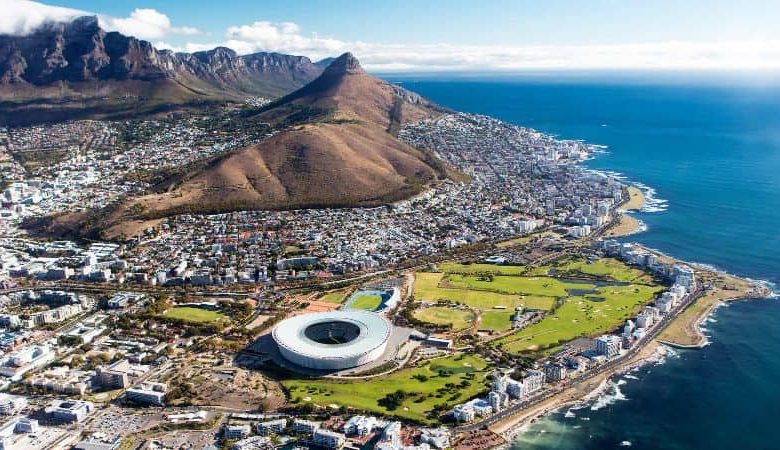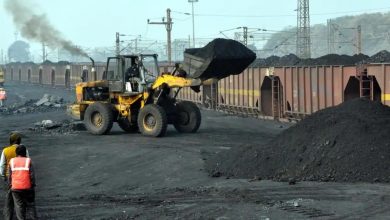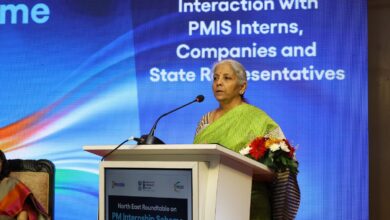Progress On The Just Energy Transition Partnership Has Been Slow In South Africa Despite Big Promises
97% of the $8.5 billion package rich countries are offering South Africa to shift from coal to clean energy are set to be delivered as loans

IMAGE COURTESY : Africa.com
The 2024 National and Provincial Elections in South Africa are scheduled for May 29, 2024, and they will elect a new National Assembly and the provincial legislatures in each of the nine provinces. Amidst these political preparations, the $8.5 billion Just Energy Transition Partnership (JETP) — aimed at facilitating South Africa’s shift from coal to clean energy in a socially responsible manner — has seen slow progress.
The JETP was launched with significant enthusiasm at COP26 in Glasgow, with wealthy nations pledging support to help South Africa replace coal with clean energy. However, several factors have impeded the partnership’s progress:
Loan Structure and Debt Concerns:
- A significant portion (97%) of the $8.5 billion package is set to be delivered as loans. Specifically, $4.6 billion (54%) is earmarked as concessional loans, with Germany and France contributing nearly half of this amount. The remaining $3.7 billion (43%) consists of commercial loans and investment guarantees aimed at de-risking projects to attract private investors, primarily from the EU, US and UK.
- South Africa’s President Cyril Ramaphosa has emphasized that his government will only accept deals offering favorable terms, preferring grants over loans and insisting that any loans should be at concessional rates. The country’s state-owned electricity generator, Eskom, is already burdened with significant debt and is reluctant to take on more.
Disagreements Over Energy Mix:
- There is ongoing disagreement between South Africa’s energy ministry and the donor countries about the role of gas in the country’s energy transition. While the JETP backers support a clean energy transition, there is contention over including fossil fuel gas as part of South Africa’s future energy strategy.
Implementation Delays:
- As of November last year, only $308 million in grant-funded projects under the JETP had reached the implementation phase. Of this, merely $30 million was allocated to projects in the coal-dependent Mpumalanga province. The South African government has not published comparable data for loans, which make up the bulk of the JETP funding.
Electricity Crisis and Coal Dependence:
- Persistent rolling electricity blackouts, known as “load-shedding,” have forced South Africa to delay the closure of coal plants. Eskom, grappling with unreliable electricity supplies, announced delays in closing three coal-fired power plants to address the crisis.
- Despite having excellent wind and solar resources in the south and west, these remain underutilized.
Lessons from Komati:
- The retirement of Eskom’s Komati coal-fired power station in 2022 illustrates some of the challenges. The plant is being converted into a solar, wind, and food farm, a solar microgrid assembly factory, and a training facility. However, for many local residents, these efforts are seen as insufficient and delayed.
As South Africa approaches its 2024 elections, the slow progress on the JETP highlights the complexities and challenges in transitioning from coal to clean energy, balancing financial constraints, stakeholder disagreements, and the urgent need for reliable electricity. The outcome of these elections could significantly influence the future direction and pace of South Africa’s energy transition.
The writer of this article is Dr. Seema Javed, an environmentalist & a communications professional in the field of climate and energy




